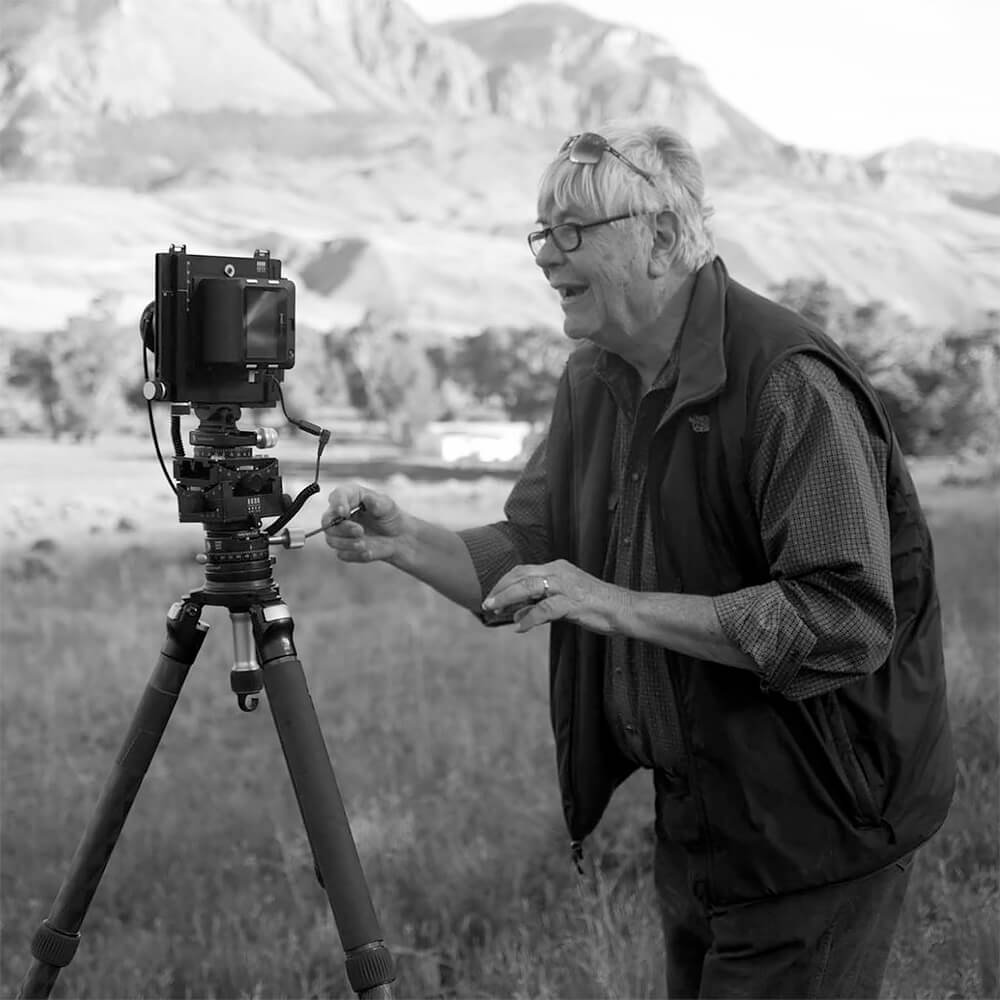Mitch was a transportation entrepreneur in Long Beach, and is now a photographer based out of Cody, Wyoming. Before Mitch shot aerial images, he was an avid self-taught landscape photographer. In the realm of aerial photography, he began with with high tech drones and evolved into flying fixed wing. Unsatisfied with the limitations of these methods, he has now found the sweet spot between the two, by developing a system that incorporates a Bell helicopter with a 150 MP Phase One Industrial camera, inside a Shot Over gimbal, mounted to its nose.
Mitch most enjoys shooting abstract land patterns and beautiful farmlands throughout the western states. He is also interested in industrial sites including agriculture, transportation, shipping, ports, solar power, wind power, oil and gas. His current projects include Los Angeles - Long Beach Harbor, piers of California, highway interchanges, oil and gas fields in the Central Valley of California, agriculture in the Central Valley of California, and agriculture in the Palouse region Washington, Oregon and Idaho.
Top Views of The Palouse
Symmetrical farmscapes and the asymmetrical patterns of natural landscapes have always been intriguing to Mitch Rouse, a photographer based out of Cody, Wyoming. Over the last four years, his passion for landscape photography and his deep desire to capture a unique
perspective, evolved into taking to the skies with the right technology to capture those exclusive scenes from above.
The Palouse in SE Washington is one of his favourite places to explore. Due to its geological heritage, the rolling hills of grasses are an endless sea. Farmland is scattered over this peculiar dune-like landscape, which formed sometime during the last several ice ages, when glacial silt was blown across the region forming dunes called "loess".
The farmers who settled on this land had to develop methods of successful harvesting, where to avoid the steep slopes becoming hazardous to their tractors and combines, they would plough along the contours of the hills, this led to the use of special self-levelling harvesters that can cut crops safely and efficiently by constantly adjusting to the different gradients of the slopes. As you can imagine, the lines and patterns that these farming techniques produce, combined with the already picturesque landscape, are captivating from the air.
These aerial photographs of The Palouse captured by Mitch, resemble topographical maps where the colour contrasts, line patterns and contour shapes have become a distinctive form of art. Two seasons in The Palouse are equally magnificent in their colours and textures. Mitch enjoys capturing both the vibrant green silky grass seas of Springtime, and the golden brown rough textures of the Harvest. The most appealing thing about photographing The Palouse is this combination of classic features of farmland, spread across this canvas of ‘dunes', resulting in truly mesmerising endless lines in both linear, and in curved patterns, with the play of the light across those textures and gradients, creating shadows and variations in the colour spectrums of the greens and yellows or of the browns and the golds. The aerial perspective gives these abstract art forms a boldness that cannot be fully appreciated from the ground.
Mitch's favourite lens to use is a 35mm. This is due to its versatility with 100mp resolution, he can crop in with fantastic detail, or leave it at a wide angle. We think you'll agree that these resulting shots are really stunning and showcase this truly individual area of American geography.
